Understanding HAE
Not a real patient.
Misdiagnosis is common*4
65%
misdiagnosed
One survey showed that up to 65% of HAE patients have been previously misdiagnosed with another condition.*4 Most commonly, subcutaneous attacks are mistaken for allergic reactions. Abdominal attacks are frequently mistaken for appendicitis or irritable bowel syndrome.1 In fact, in a survey from 2010, up to 19% of patients in the United States underwent unnecessary procedures as a result of misdiagnosis, including removal of the appendix.*4
*In a survey of 313 patients
Early diagnosis can help ensure proper management of HAE.
Many factors play key parts in correctly diagnosing HAE. Examining the patient's family history can provide important insight, since 75% of patients with HAE inherit the disease from a parent.5 Diagnosis is made through a comprehensive evaluation that should include family history, clinical history, and laboratory testing.6,7
Proper diagnosis can provide patients with the education necessary to manage HAE during daily life, including4:
- Identification and avoidance of triggers
- Preparation for attacks
- Timely response to potentially lethal complications, such as airway obstruction
Hereditary angioedema diagnostic criteria
To confirm an HAE diagnosis, laboratory testing is necessary. Patients should have serum levels of C4 measured, because levels are invariably low (C4 <30% of mean normal level) in patients with HAE who have not yet been treated. When these values are low, a C1 esterase inhibitor C1-INH functional assay should be conducted as well as testing for C1-INH antigen.7,8

Type 1: C1-inhibitor deficiency
Type 2: C1-inhibitor dysfunction
*CINRYZE (C1 esterase inhibitor [human]) is not indicated for acquired C1-inhibitor deficiency.
Though referenced Allergy and Asthma Proceedings material is used with permission, this site was not formally reviewed by, and is not endorsed by, the authors or publisher of the referenced work and does not convey the full and complete results of the original article.
Examples of HAE laboratory tests by provider
QUEST DIAGNOSTICS
| Test Name | Laboratory Code | CPT Code |
|---|---|---|
| Angioedema Panel, Hereditary, Comprehensive (Panel includes all tests below) | 17706 | 86160 (x2), 86161 |
| Complement Component C4c | 353 | 86160 |
| C1 Esterase Inhibitor, Protein | 298 | 86160 |
| C1-Inhibitor, Functional | 297 | 86161 |
| Complement Component C1q | 981 | 86160 |
LABCORP
| Test Name | Laboratory Code | CPT Code |
|---|---|---|
| Hereditary Angioedema (HAE) (Panel includes all tests below) | 123020 | 86160 (x2) |
| Complement C4, Serum | 001834 | 86160 |
| Complement C1 Esterase Inhibitor, Serum | 004648 | 86160 |
| Complement C1 Esterase Inhibitor, Functional | 120220 | 86161 |
| Complement C1q, Quantitative | 016824 | 86160 |
NATIONAL JEWISH (ADX)
| Test Name | Laboratory Code | CPT Code |
|---|---|---|
| C4 Level | C4 | 86160 |
| C1 Esterase Inhibitor Level (C1-INH) | CEIQ | 86160 |
| C1-Inhibitor (C1-INH) Function, Chromogenic Assay | CEICHR | 86161 |
| C1q Level | C1Q | 86160 |
EXSERA BIOLABS
| Test Name | Laboratory Code | CPT Code |
|---|---|---|
| C1-INH Chromogenic Function | C1INHF | 86161 |
| Intact C4 | C4LMX | 86160 |
| Total C4 | C4IM | 86160 |
| C1q Level | C1QLMX | 86160 |
Current as of March 2018.
You might also be interested in:
References
- Banerji A. The burden of illness in patients with hereditary angioedema. Ann Allergy Asthma Immunol. 2013;111(5):329–336.
- Zuraw BL. Clinical practice. Hereditary angioedema. N Engl J Med. 2008;359(10):1027–1036.
- Banerji A, Busse P, Christiansen SC, et al. Current state of hereditary angioedema management: A patient survey. Allergy Asthma Proc. 2015;36(3):213.
- Lunn ML, Santos CB, Craig TJ. Is there a need for clinical guidelines in the United States for the diagnosis of hereditary angioedema and the screening of family members of affected patients? Ann Allergy Asthma Immunol. 2010;104(3):211–214.
- Altman KA, Naimi DR. Hereditary angioedema: a brief review of new developments. Curr Med Res Opin. 2014;30(5):923-930.
- Bowen T, Cicardi M, Farkas H, et al. 2010 International consensus algorithm for the diagnosis, therapy and management of hereditary angioedema. Allergy Asthma Clin Immunol. 2010;6(1):24.
- Maurer M, Magerl M, Ansotegui I, et al. The international WAO/EAACI guideline for the management of hereditary angioedema – the 2017 revision and update [published online ahead of print January 10, 2018]. Allergy. doi:10.1111/all.13384.
- Gompels MM, Lock RJ, Abinun M, et al. C1 inhibitor deficiency: consensus document. Clin Exp Immunol. 2005;139(3):379–394.
- Zuraw BL, Christiansen SC. Pathogenesis and laboratory diagnosis of hereditary angioedema. Allergy Asthma Proc. 2009;30(5):487–492.
![CINRYZE® (C1 esterase inhibitor [human]) Logo](/dist/images/hdr-log3.png)
![CINRYZE® (C1 esterase inhibitor [human]) Logo](/dist/images/hdr-logo2.png)
